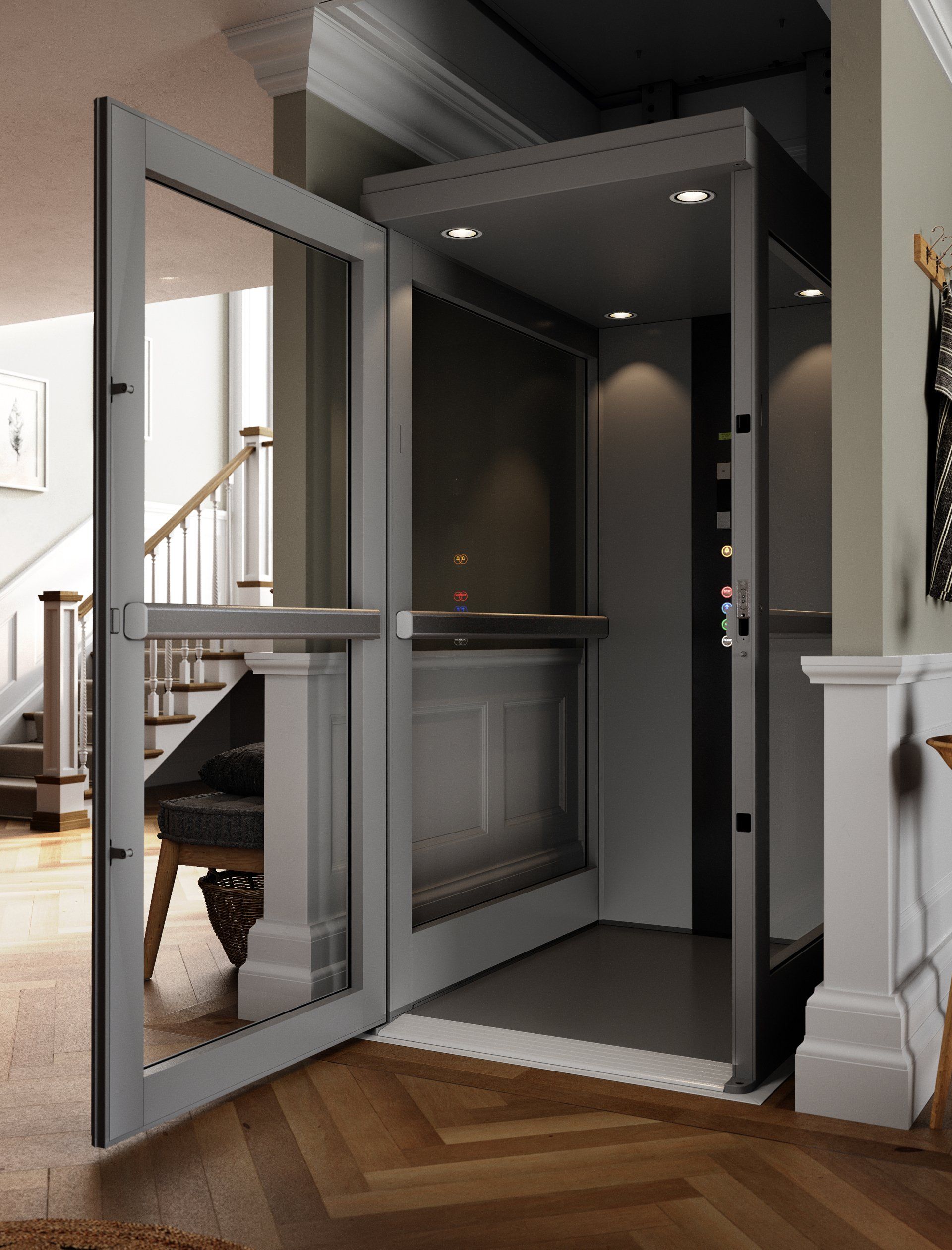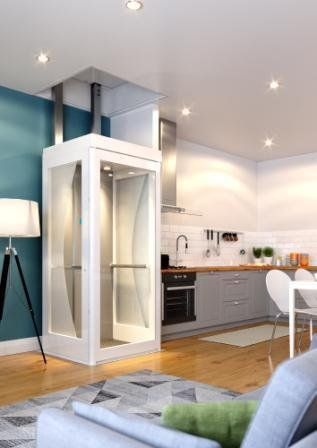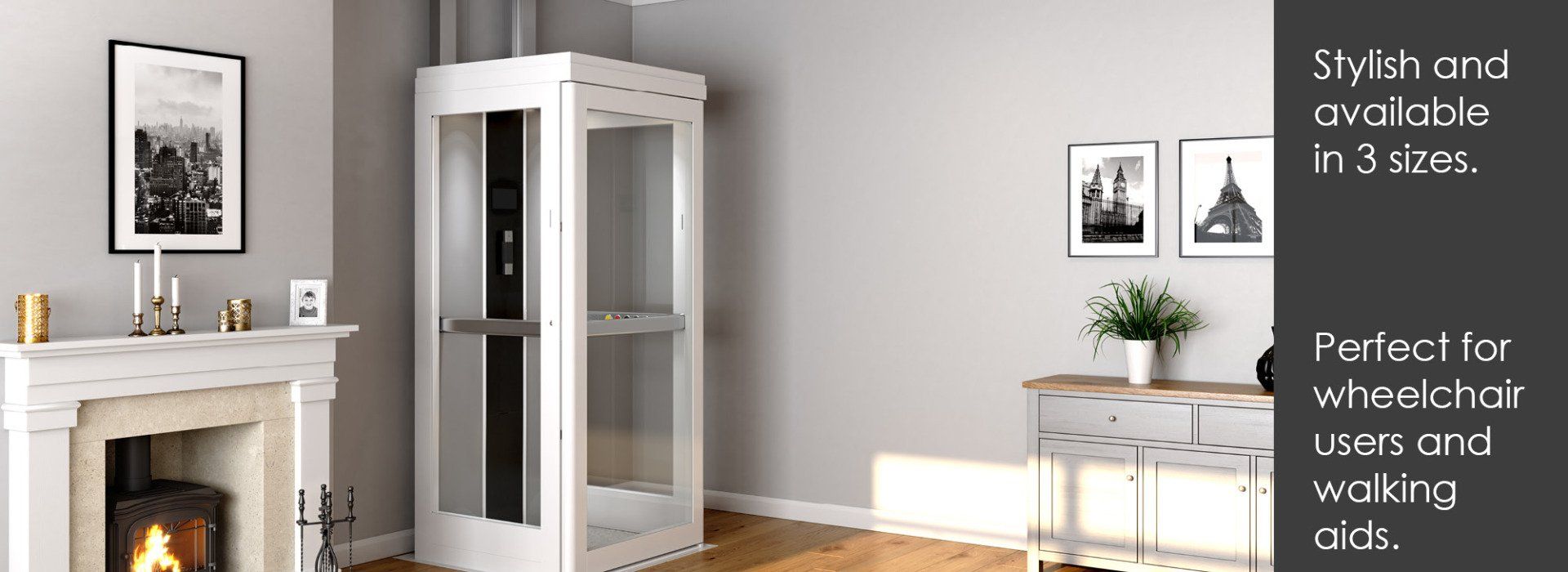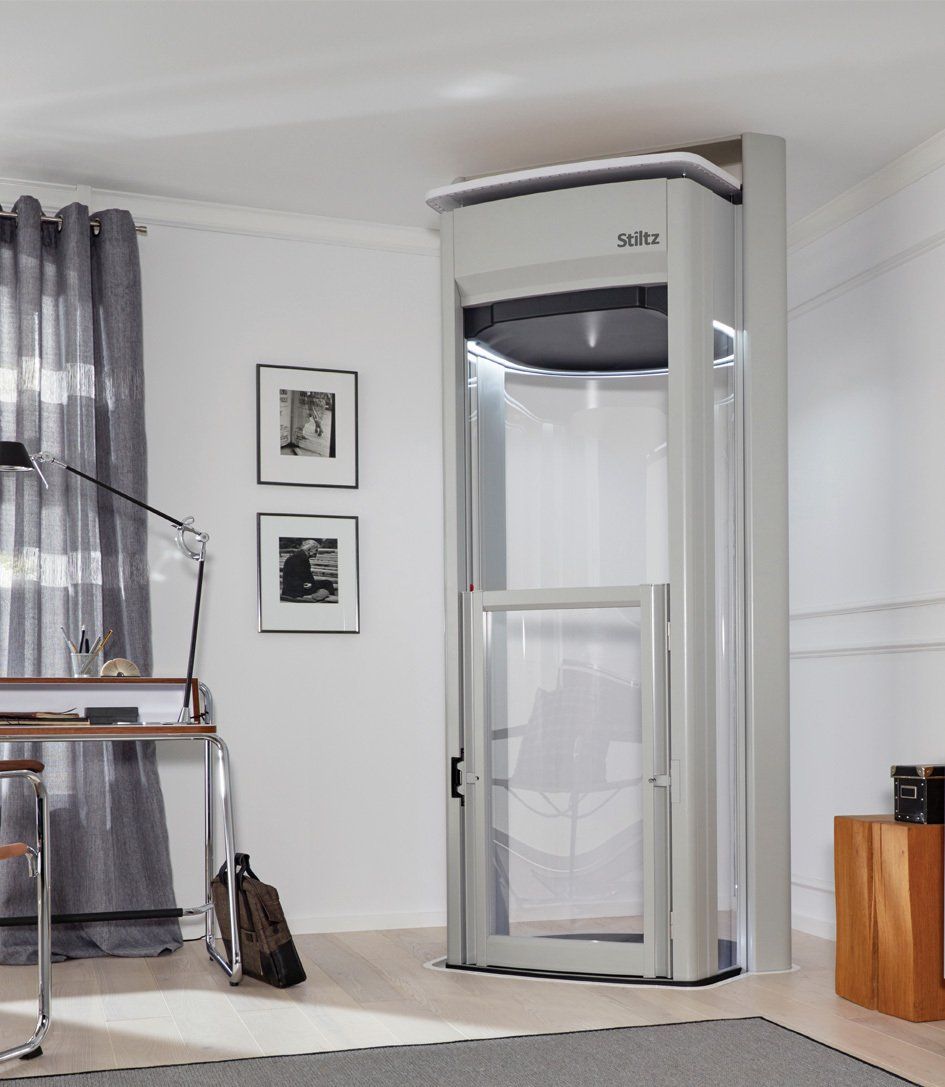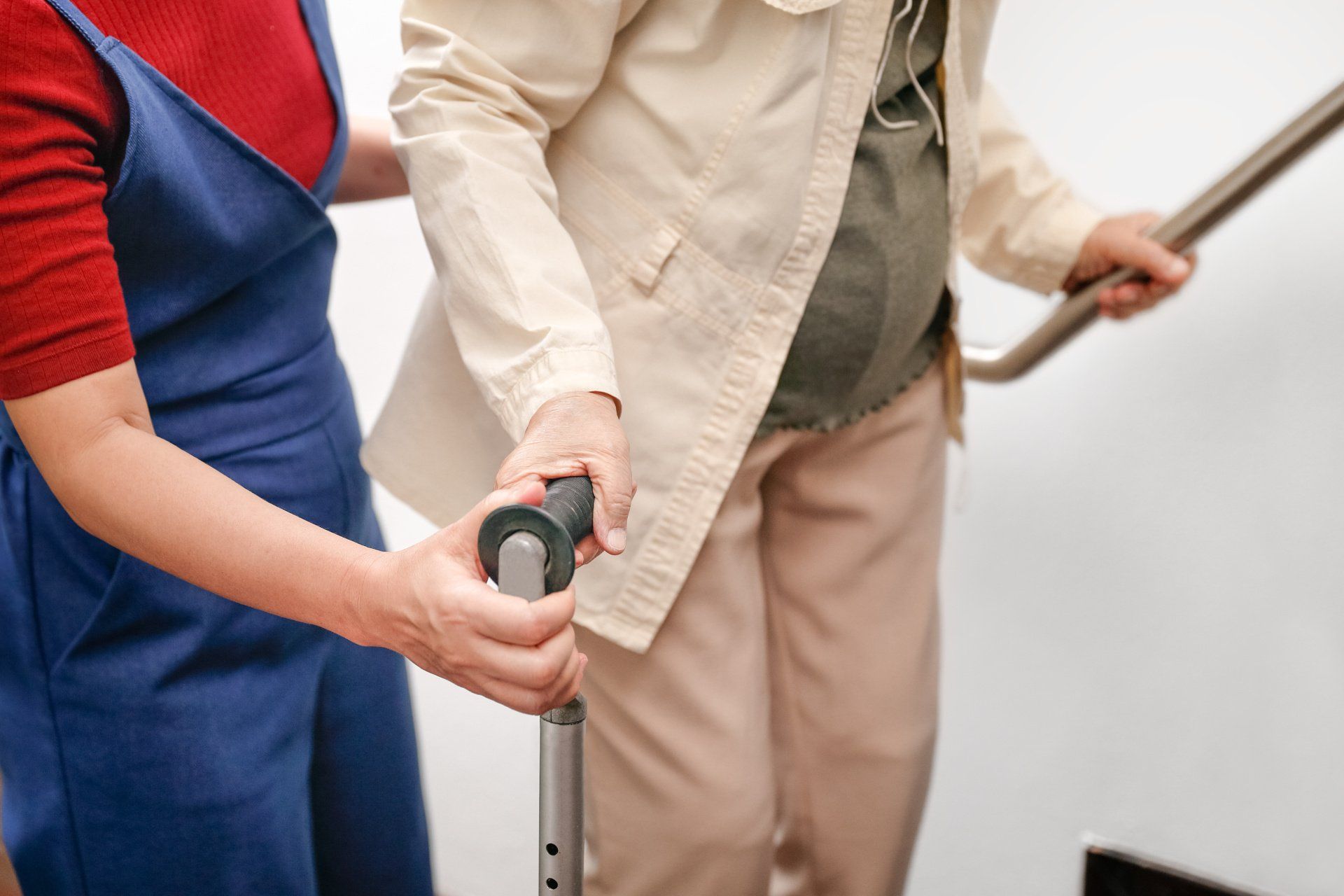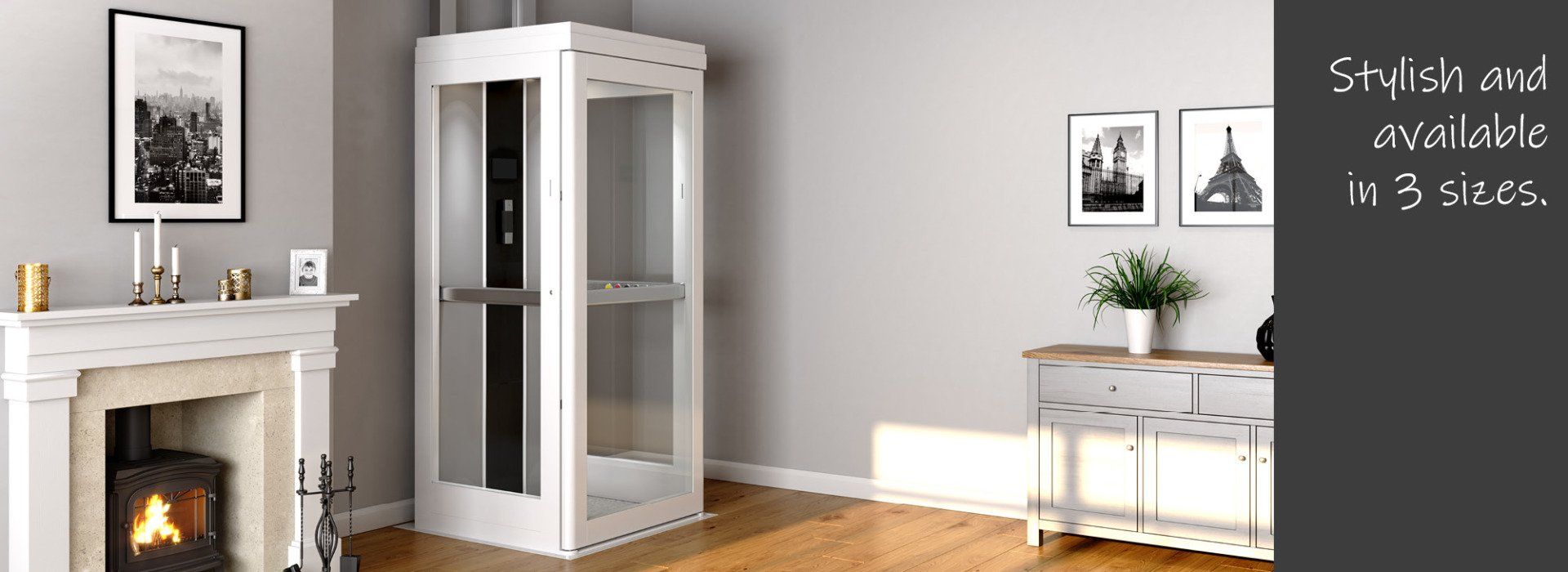What is Charcot-Marie-Tooth Disease
Living with Charcot-Marie-Tooth Disease (CMT) and adapting your home with a lift...
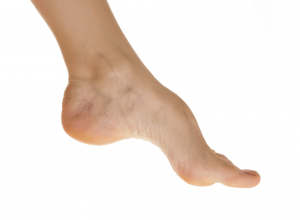
Charcot-Marie-Tooth Disease (CMT) is a motor and sensory neuropathy of the nervous system characterised by a progressive loss of sensation and muscle tissue across various parts of the body. There is currently no curative treatment and while many have never heard of CMT, it is the most commonly inherited neurological disorder.
Living with CMT can be a real struggle with it being extremely hard to use the stairs, or even get in the bath or shower. However, accessible home adaptations can make this experience as easy as can be. Read on to find out how.
Signs and Symptoms
The initial symptom of CMT is usually foot drop, an inability to raise the toes or foot. This usually begins to manifest in childhood or early adulthood. This can then lead to hammertoe. Loss of touch sensation in the feet, ankles and legs occurs, along with arms, hands and wrists in later stages. High and flat-arched feet are classically associated with the disease.
Symptoms and progression of the disease can vary between people. Breathing can be affected and scoliosis is common. Pain due to postural changes, fatigue and cramping can occur but this is not suffered by all. Hip sockets can be malformed and require replacing. CMT patients should not be immobile for long periods of time as this can accelerate symptoms of CMT.
The most important goal for patients with CMT is to try and maintain muscle strength, movement and flexibility. This can be achieved through physical and occupational therapy. This focuses on muscle stretching, aerobic exercise and education on how a person's lifestyle can be adapted to fit their strengths and flexibility. Podiatrists can help with issues facing the feet that due to a lack of sensory reception in the feet, are hard for a CMT sufferer to deal with.
How An Accessible home lift Can Help
Sufferers of CMT can have trouble lifting up their feet and putting weight on their limbs, this can making going up and down the stairs very painful and difficult at times. An installation of a home lift will allow you to access all areas of your home as many sufferers of CMT will have to move home without stairs.
Benefits of a home lift for reduced mobility
Living in an adapted home is crucial not only for your health and safety for also for your mental well-being. The benefit of installing a home lift means increase in physical activities as you can move freely between floors of your home. Our Homelift Ranges are designed to safely accommodate a wheelchair user or persons needing walking aids or need someone to accompany them in the lift. It can be installed discreetly and virtually anywhere in the home. The home lift can also benefit family, carers and visitors.
Grants Available for your home lift?
If you have a disability that requires you to make changes to your home because of a chronic illness, it’s possible to get a grant from your local council to cover some or all of the work needed. A Disabled Facilities Grant (DFG). This is specifically to allow for improved access to floors and rooms and to make it more suitable for your needs. As part of this grant, the purchase and installation of a Bespoke homelift can either be fully or partially funded. To apply for a Disabled Facilities Grant simply visit: www.gov.uk/disabled-facilities-grants.
Or please read our guide to grants available for a home lift here.
If you would like just advice about a home lift or maybe you would like to arrange a home survey with a local Bespoke Homelift representative, then please call our team between 9am – 5pm, Monday to Friday on 0800 023 4348 or email us for a brochure here.
